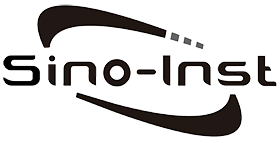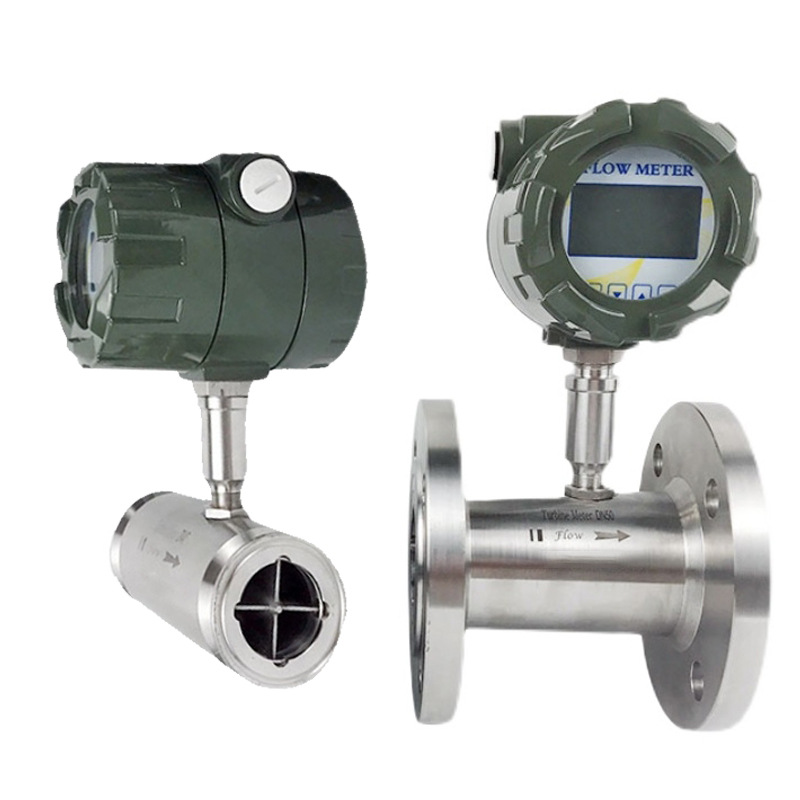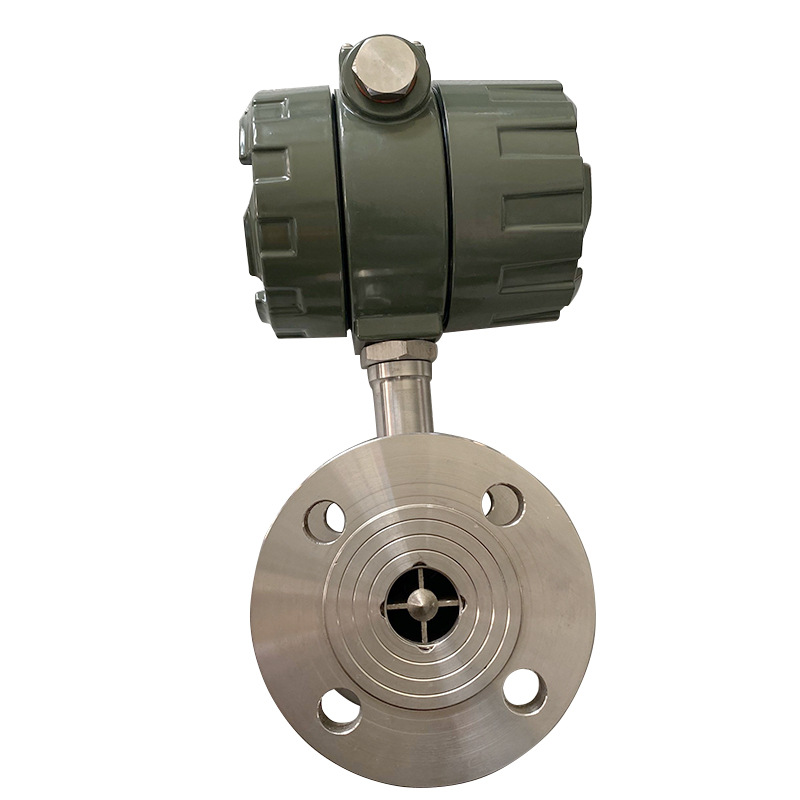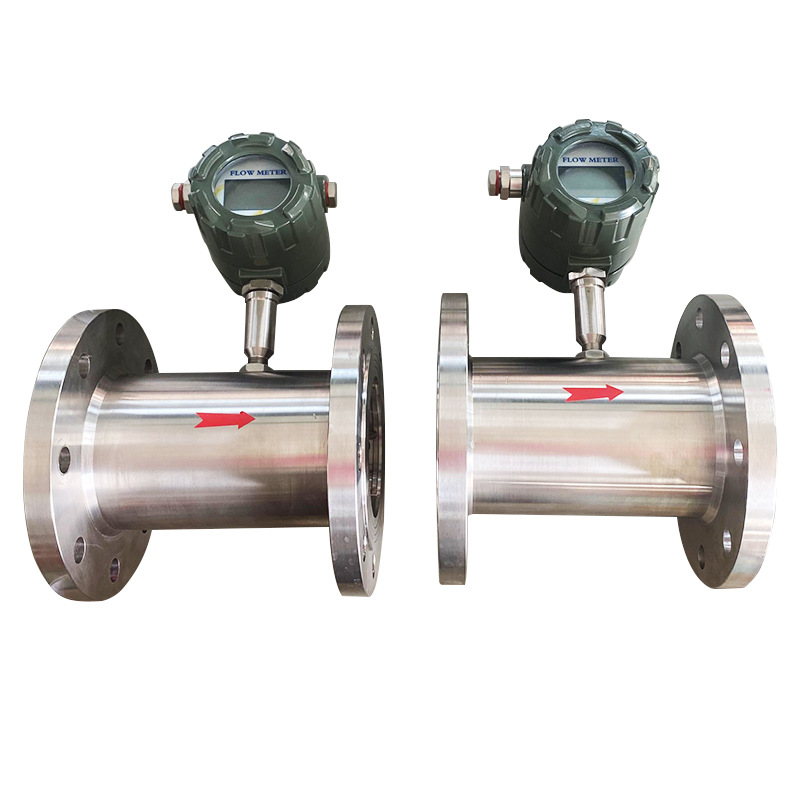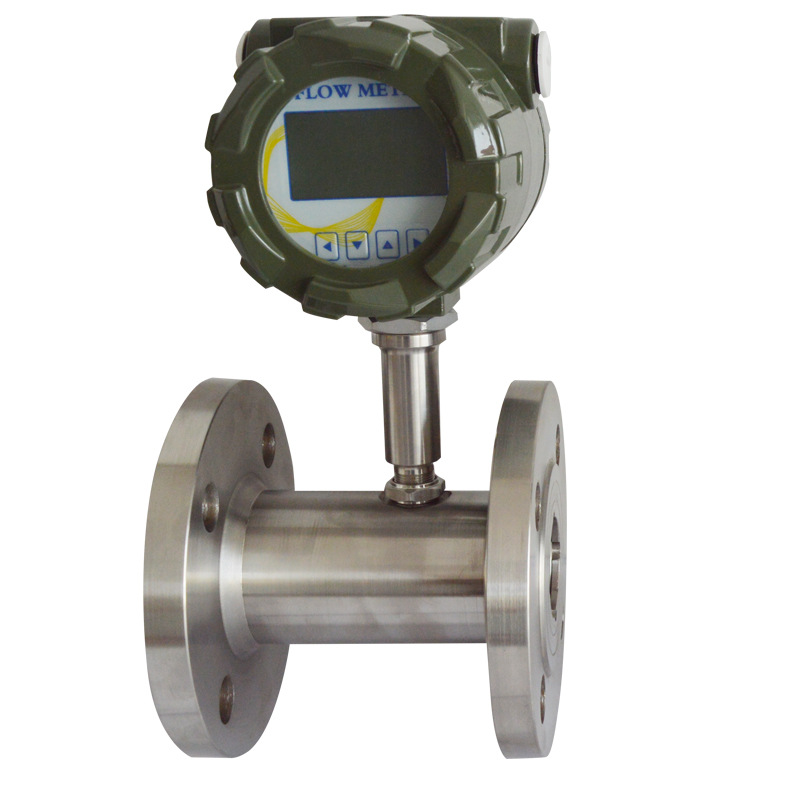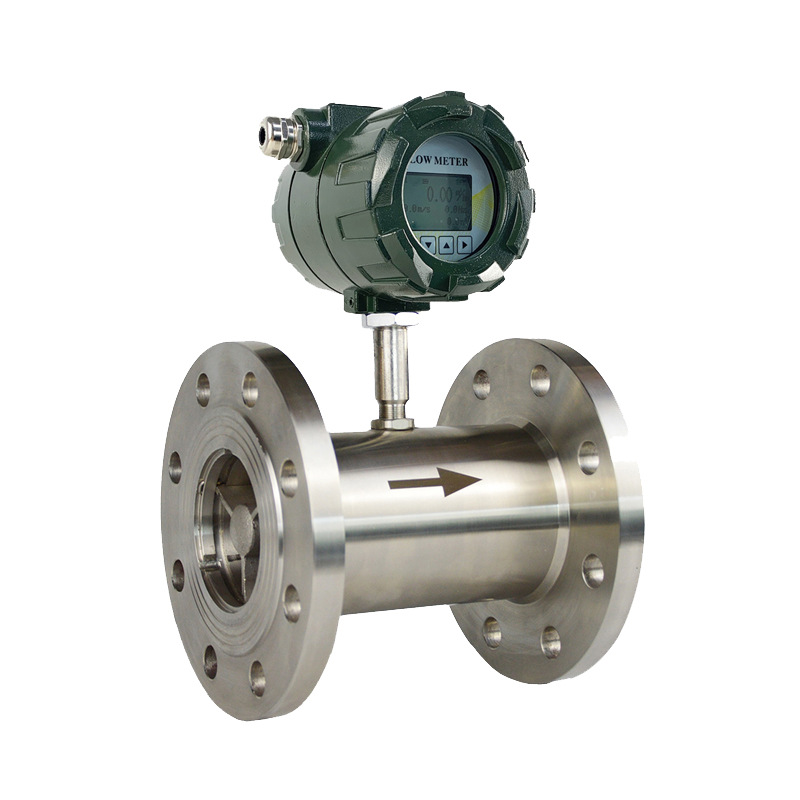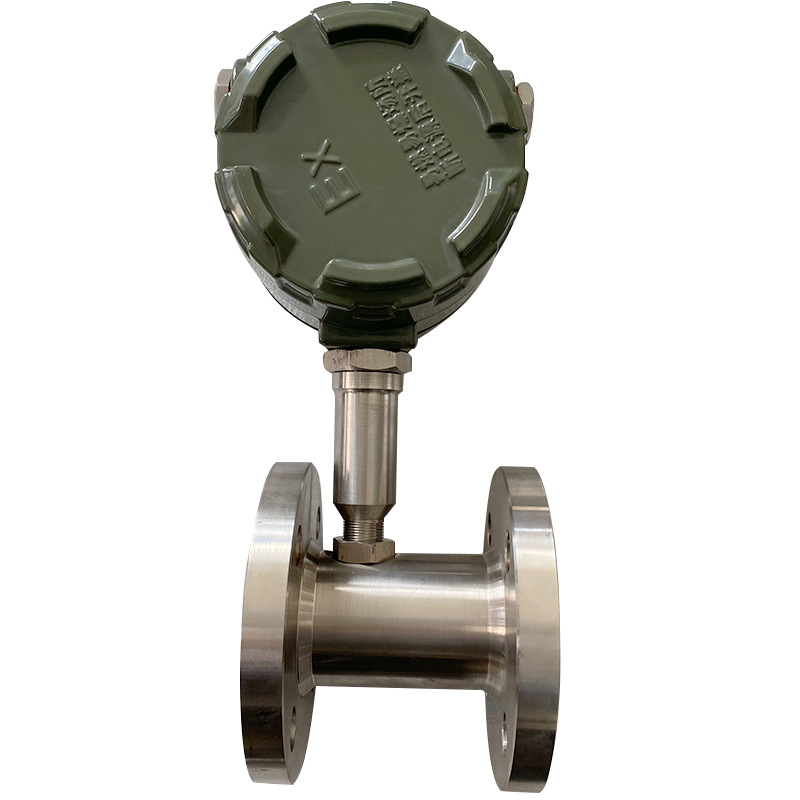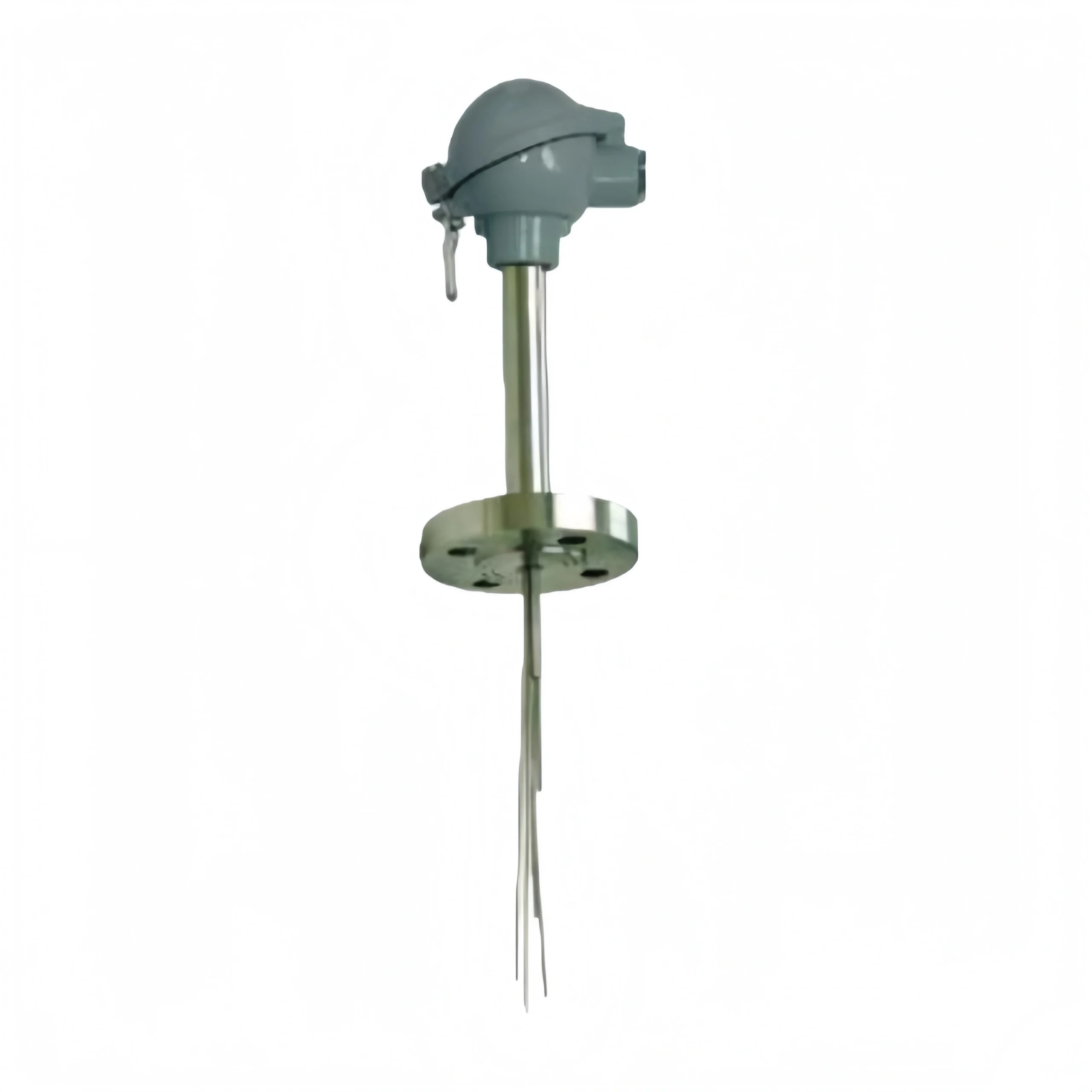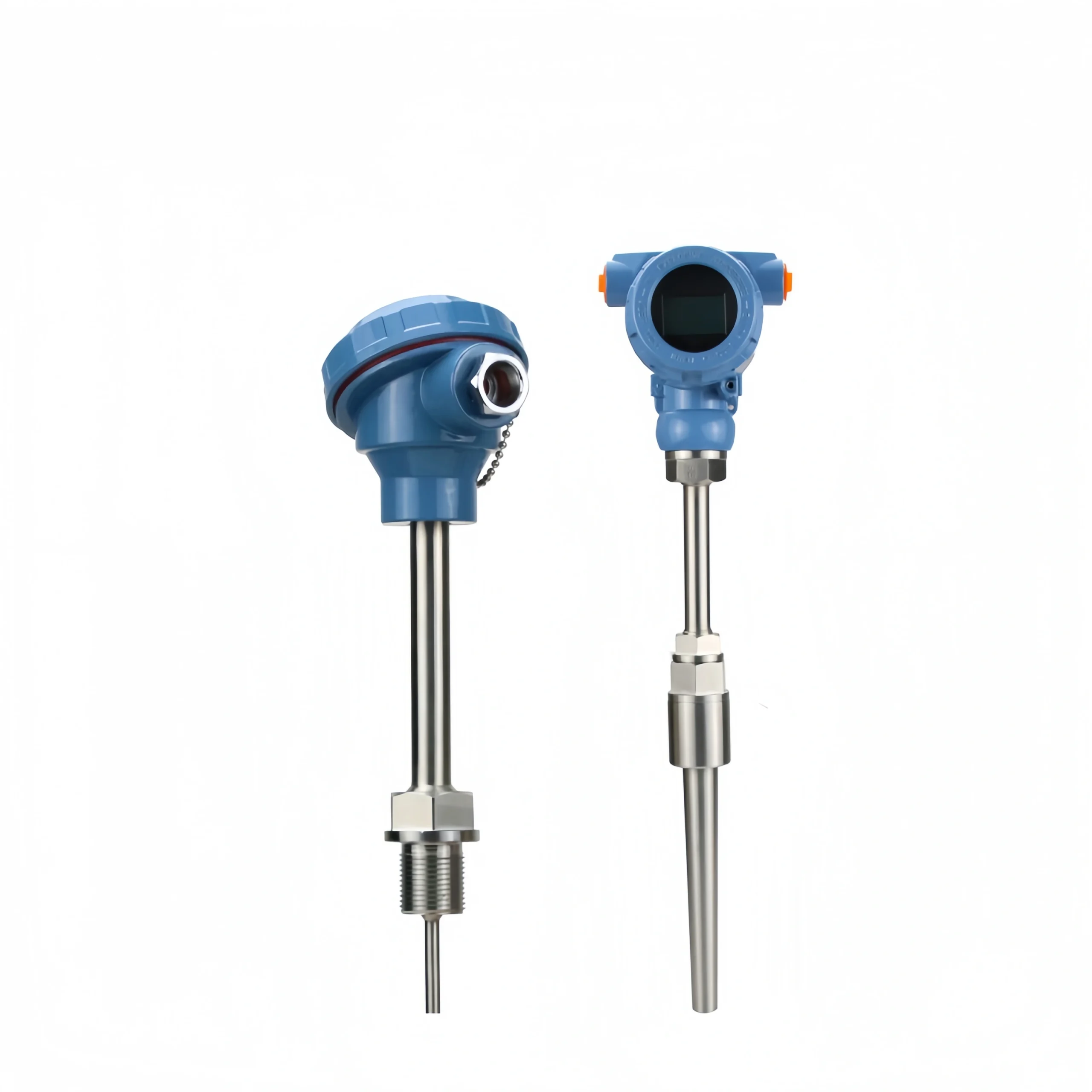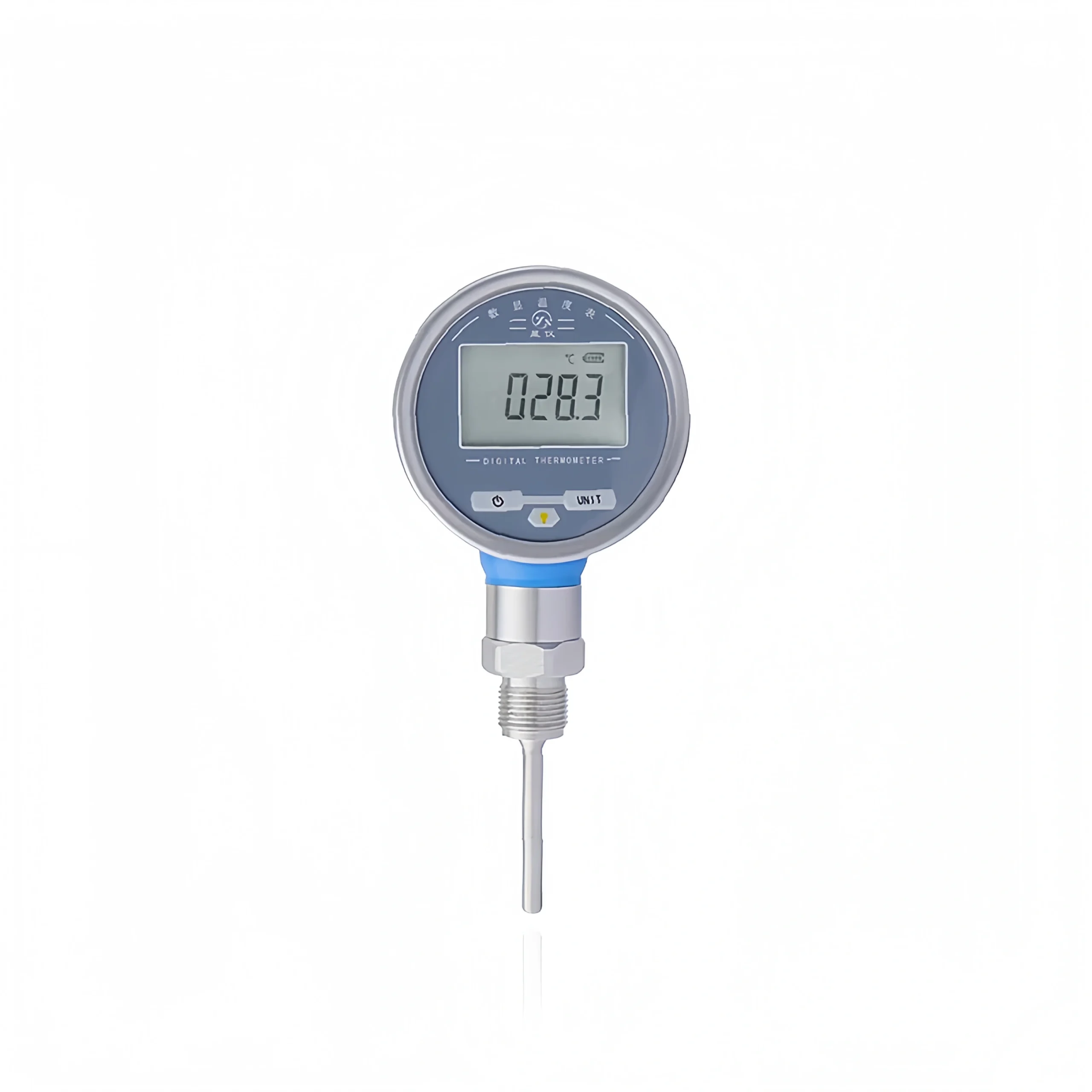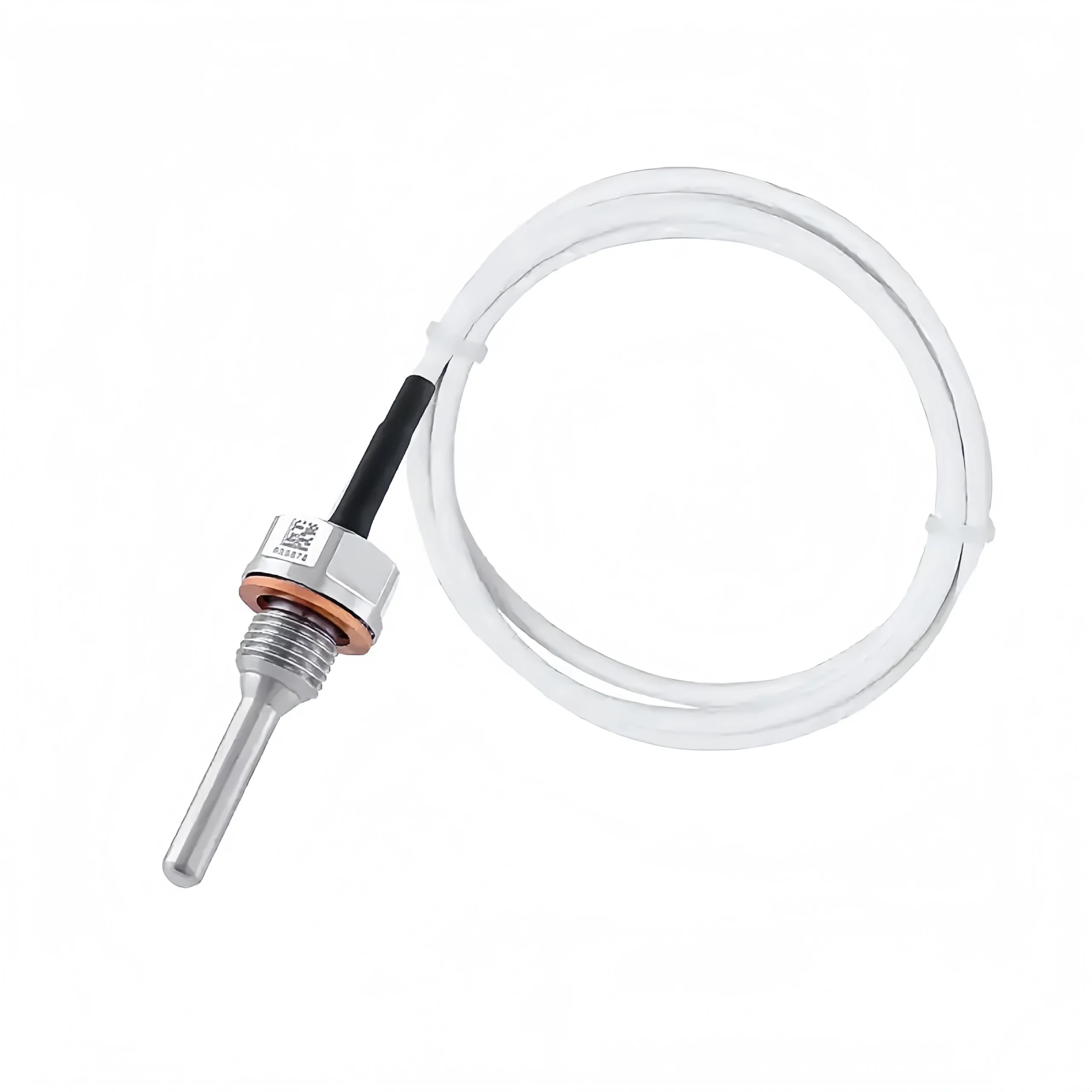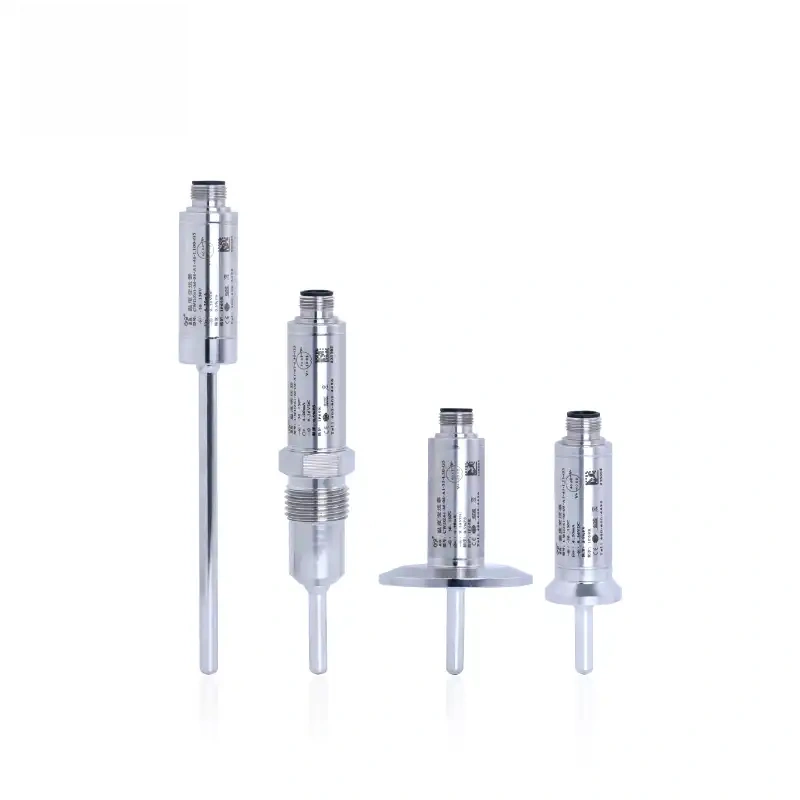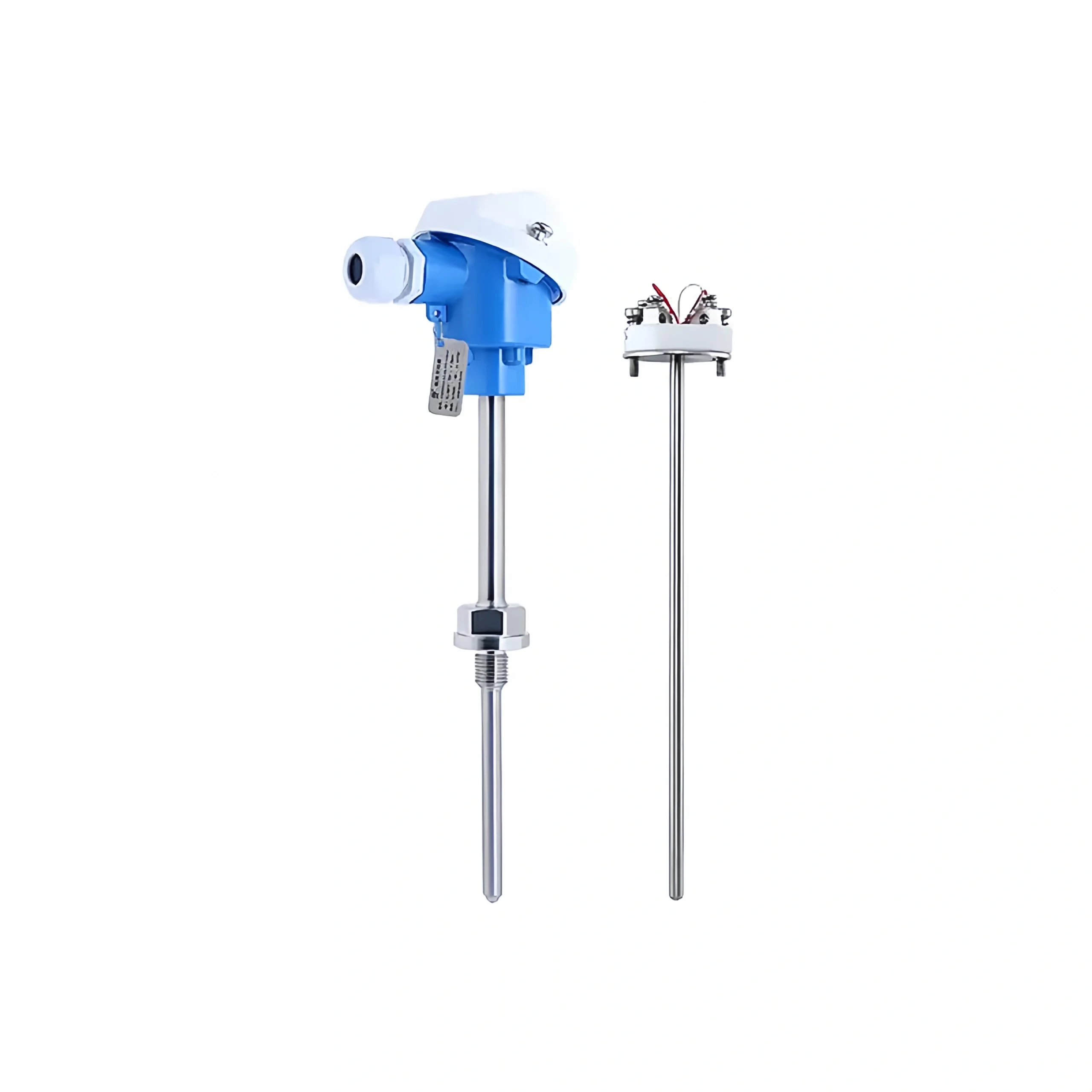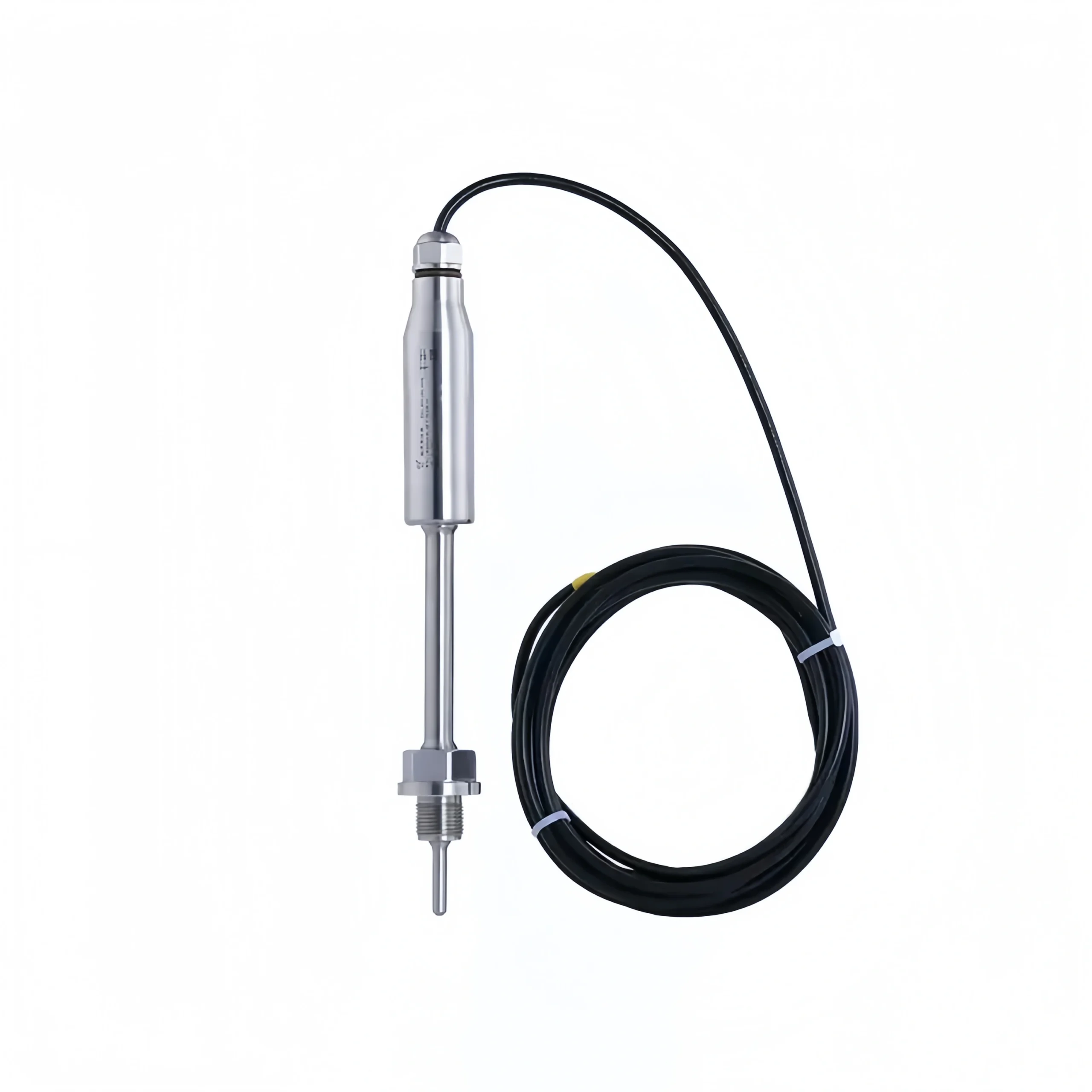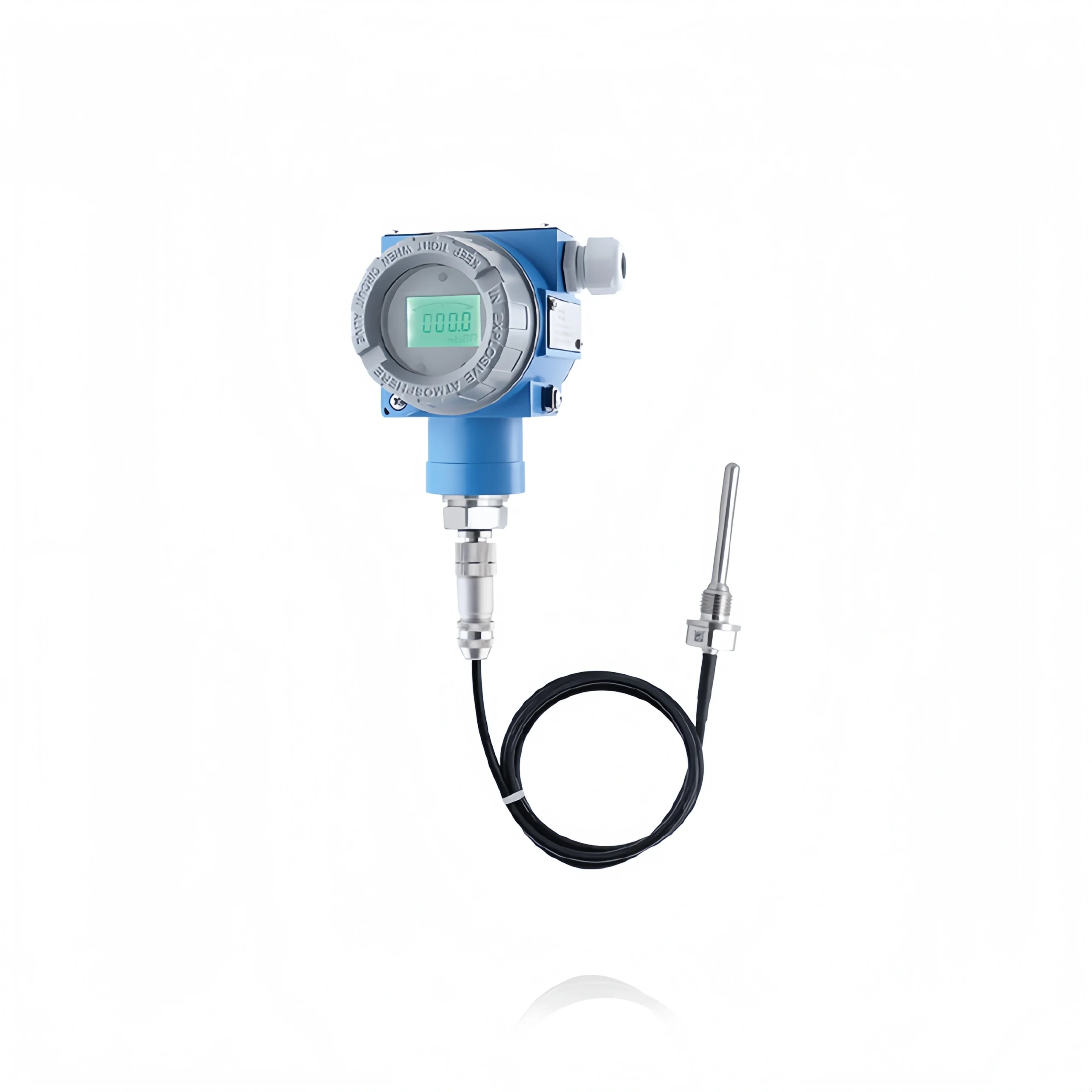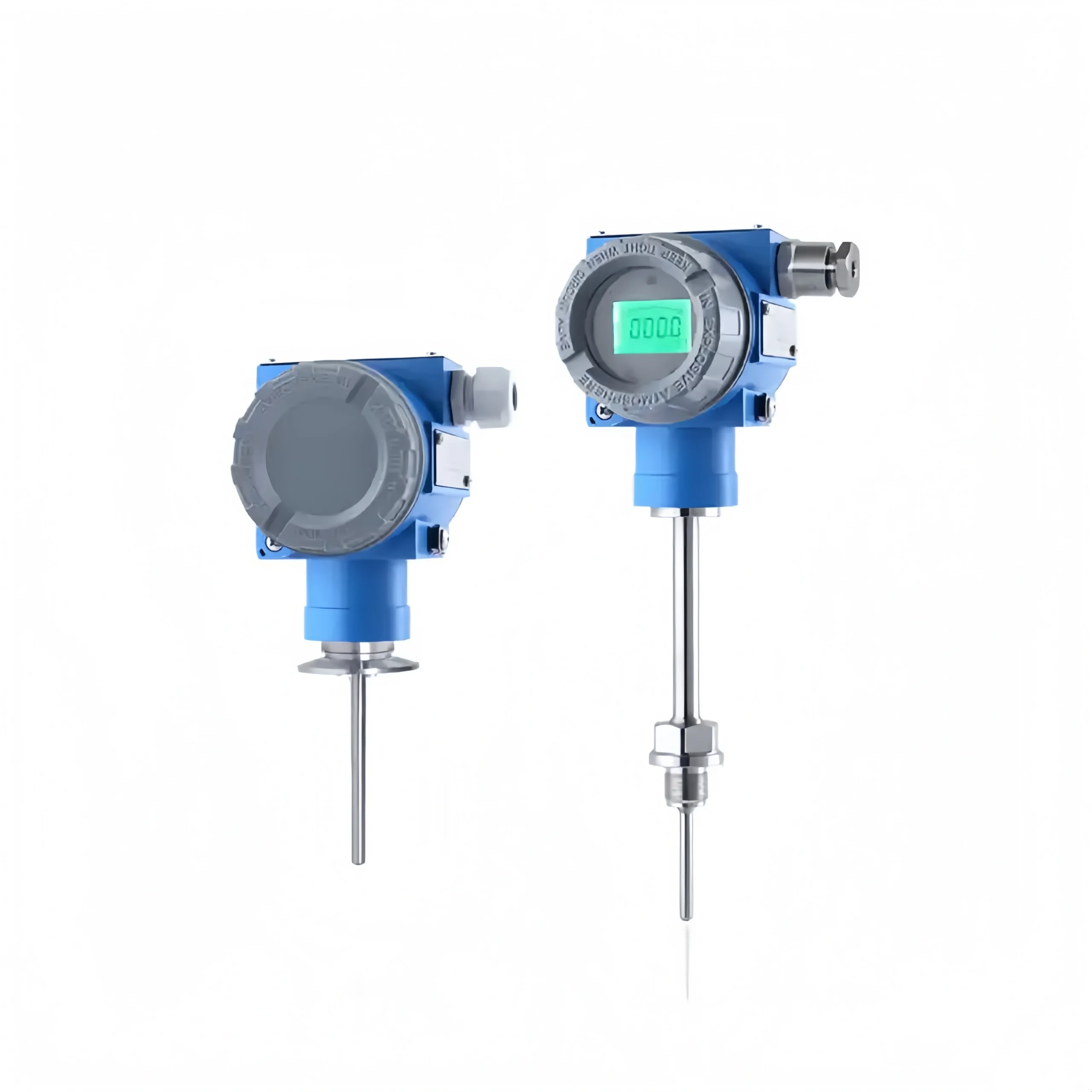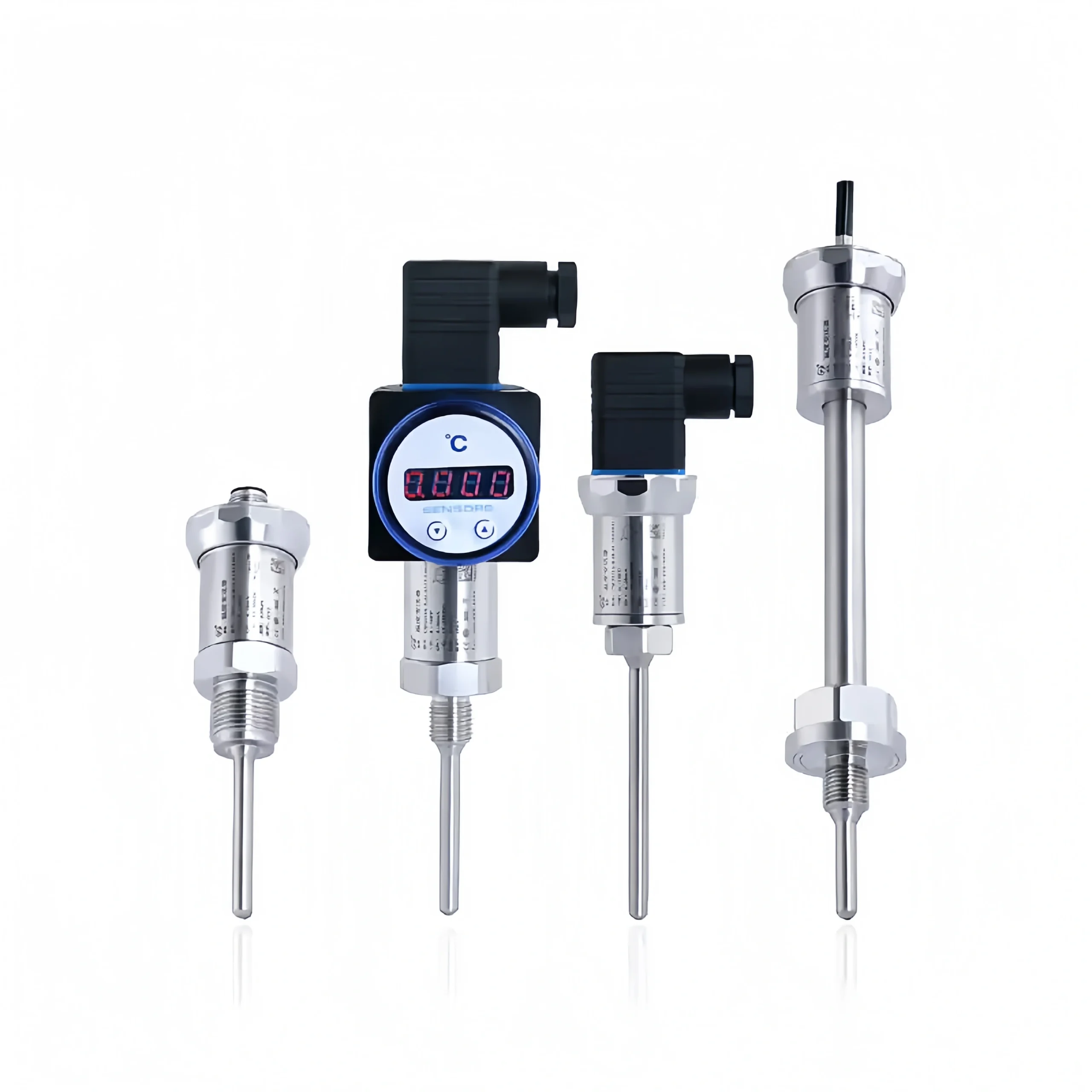Digital Turbine Flow Meter Installation Guidelines
- Installation location
The pipe must be completely filled with liquid. It is important to keep the pipe completely filled with liquid at all times, otherwise the flow display will be affected and measurement errors may result.
Avoid air bubbles. If air bubbles enter the measuring tube, the flow display may be affected, possibly causing measurement errors. - Required length of upstream and downstream straight pipe sections
Turbine flowmeters are sensitive to flow velocity distribution distortion and rotational flow in the pipeline, and the turbulent flow entering the sensor should be fully developed. Therefore, necessary straight pipe sections or rectifiers must be equipped according to the type of flow obstructions on the upstream side of the sensor. The required straight pipe section lengths at the inlet and outlet sections are as follows:
In general, the straight pipe section of the inlet section is >10DN, and the straight pipe section of the outlet section is >5DN;
90° elbow, inlet straight pipe section > 20DN, outlet straight pipe section > 5DN;
Two 90° elbows on the same plane, the straight pipe section at the inlet section is >25DN, and the straight pipe section at the outlet section is >5DN;
Two 90° elbows on different planes, the straight pipe section at the inlet section is >40DN, and the straight pipe section at the outlet section is >5DN;
Shrink pipe, the straight pipe section of the inlet section is >15DN, the straight pipe section of the outlet section is >5DN;
Pipe expansion, the straight pipe section of the inlet section is >20DN, the straight pipe section of the outlet section is >5DN;
Fully open valve, inlet straight pipe section >20DN, outlet straight pipe section>5DN;
Semi-open valve, inlet straight pipe section >50DN, outlet straight pipe section>5DN; - Precautions for pipeline installation
The sensor should be installed in a place that is easy to maintain and has no vibration in the pipeline, strong electromagnetic interference and heat radiation.
Horizontally installed sensors require that the pipeline should not have a visually detectable inclination (generally within 5°), and vertically installed sensors should also have vertical deviations of less than 5°. In places where the flow cannot be stopped, a bypass pipe and a reliable stop valve should be installed. Make sure there is no leakage in the bypass pipe when measuring.
At the location where the sensor is installed in the newly laid pipe, a short pipe is first connected to replace the sensor. After the “cleaning” work is completed and the pipe is clean, the sensor is officially connected.
If the fluid contains impurities, a filter should be installed on the upstream side of the sensor, and the pipeline should be regularly cleaned and discharged to remove precipitated impurities; if the measured liquid contains gas, a gas eliminator should be installed on the upstream side of the sensor. The drain outlet and air outlet of the filter and air eliminator should lead to a safe place.
When the sensor is installed outdoors, measures should be taken to avoid direct sunlight and rain.
